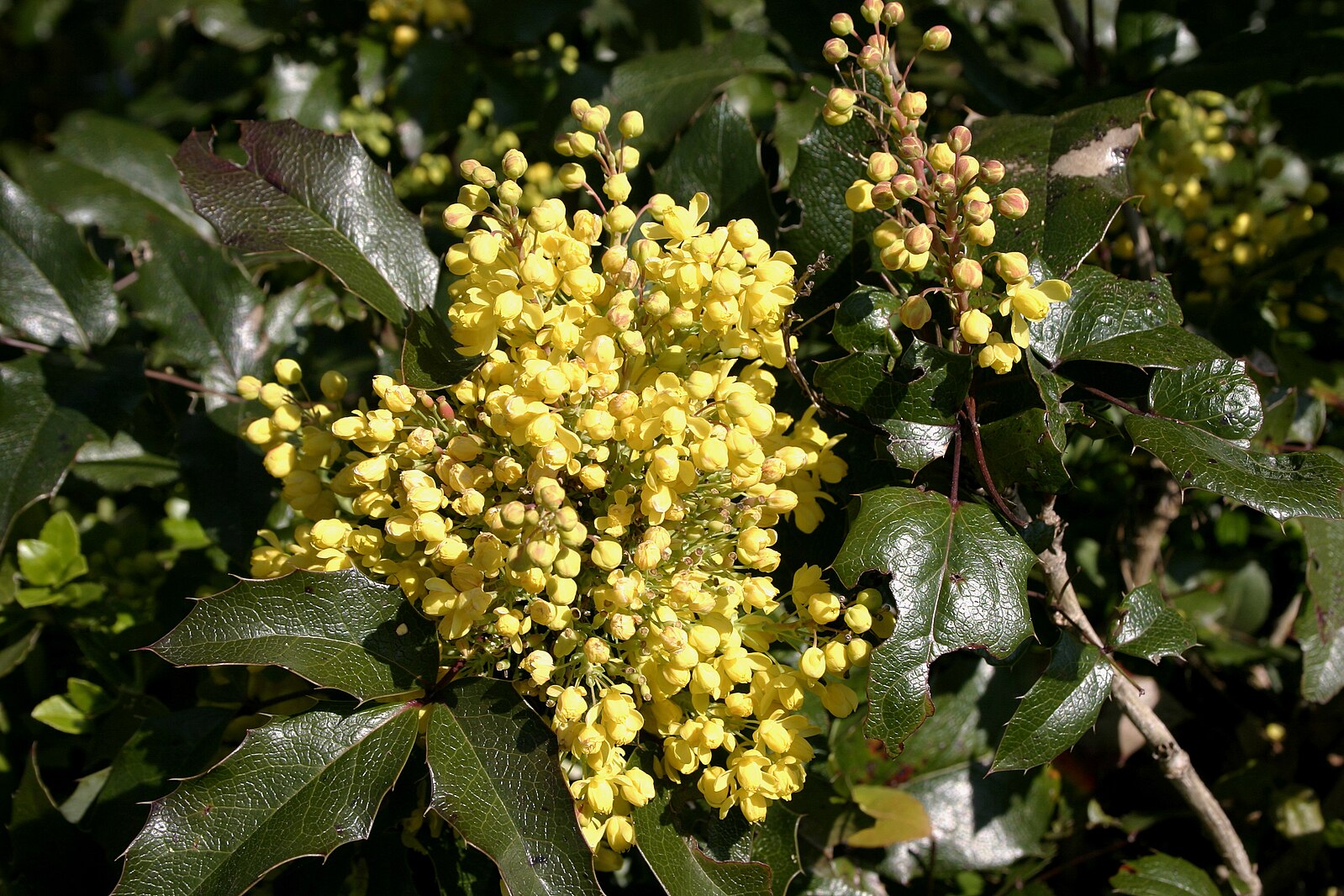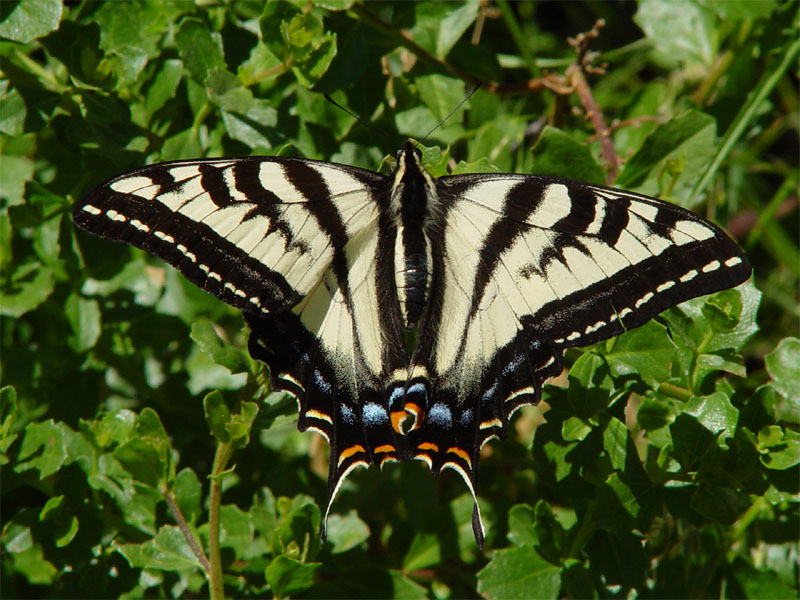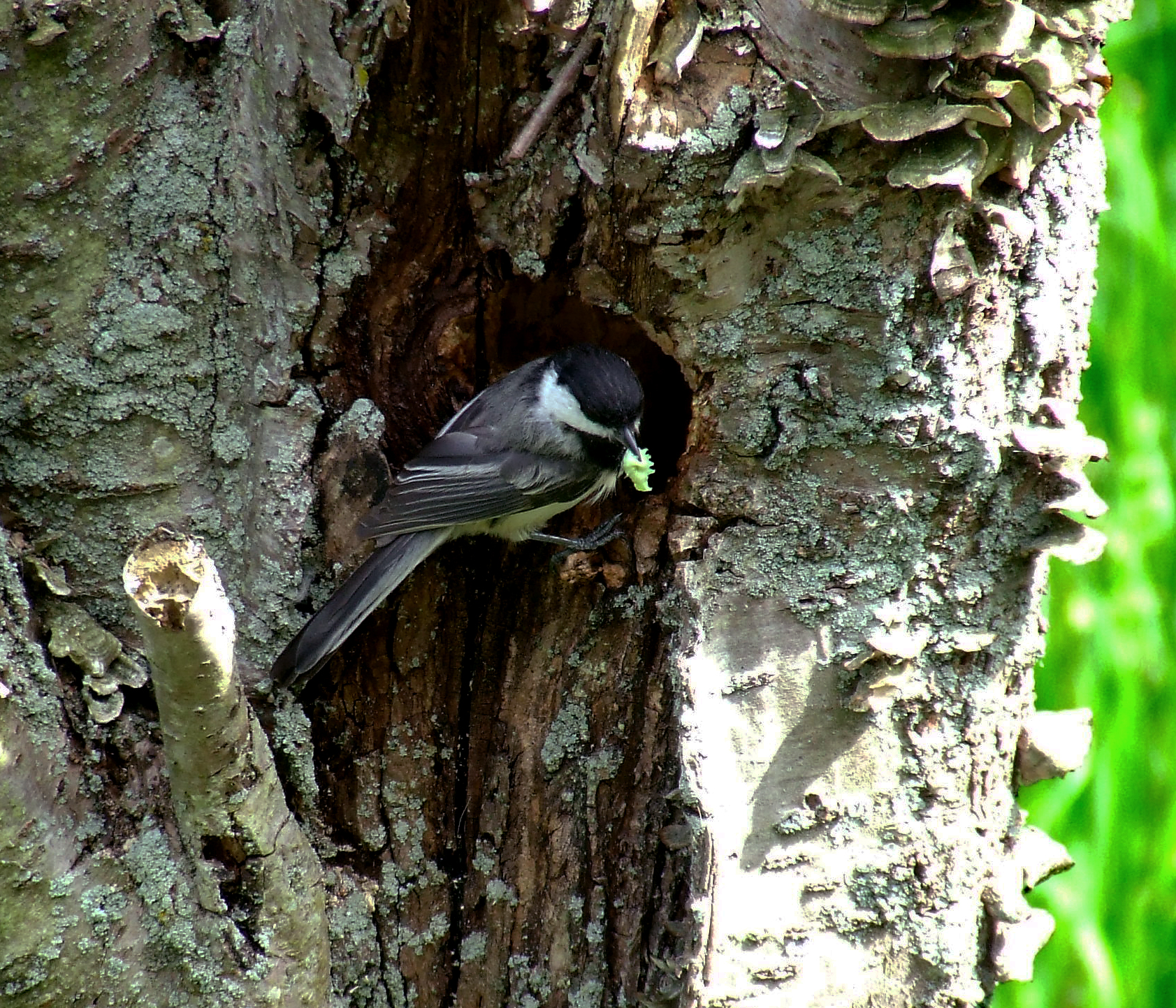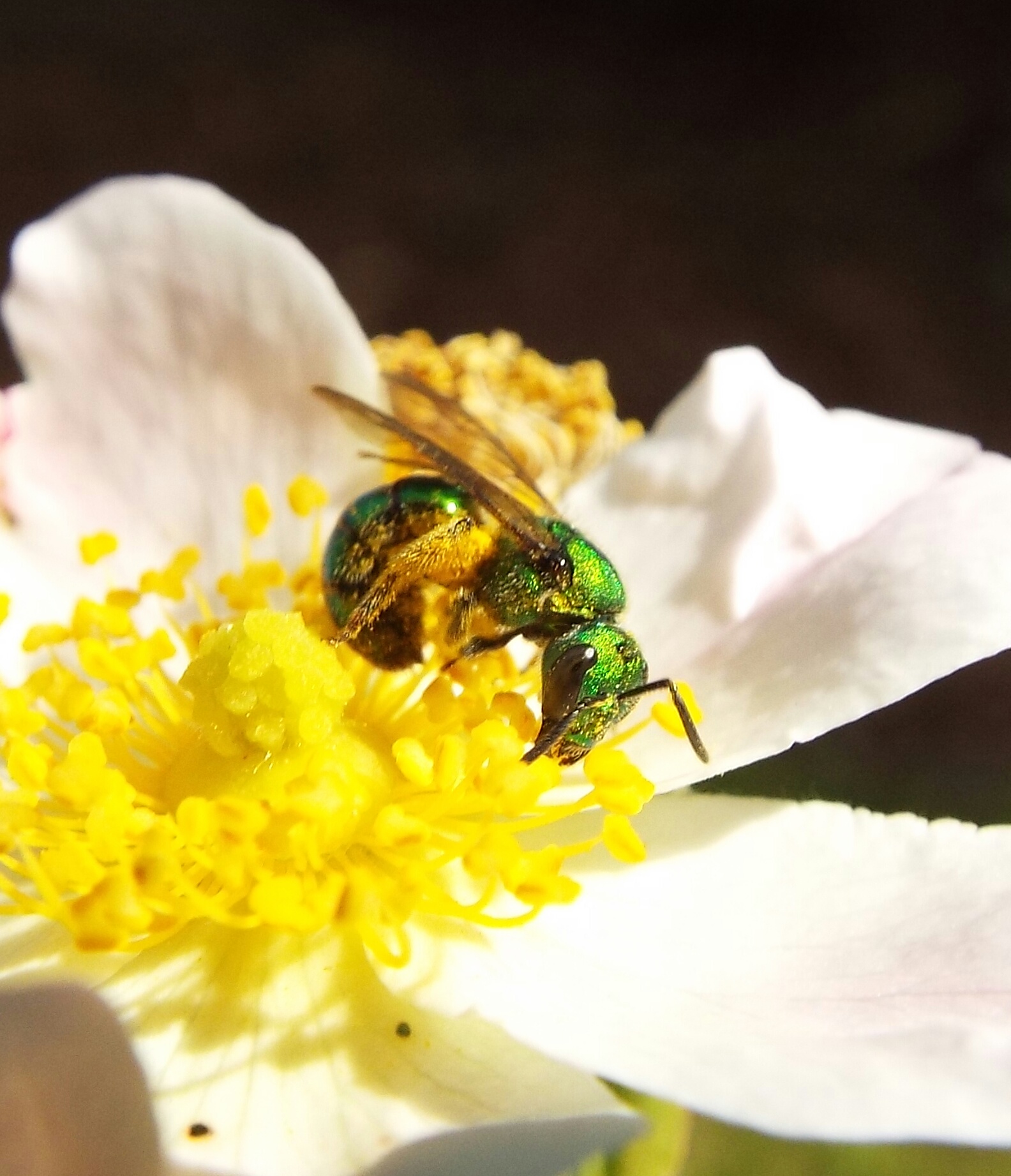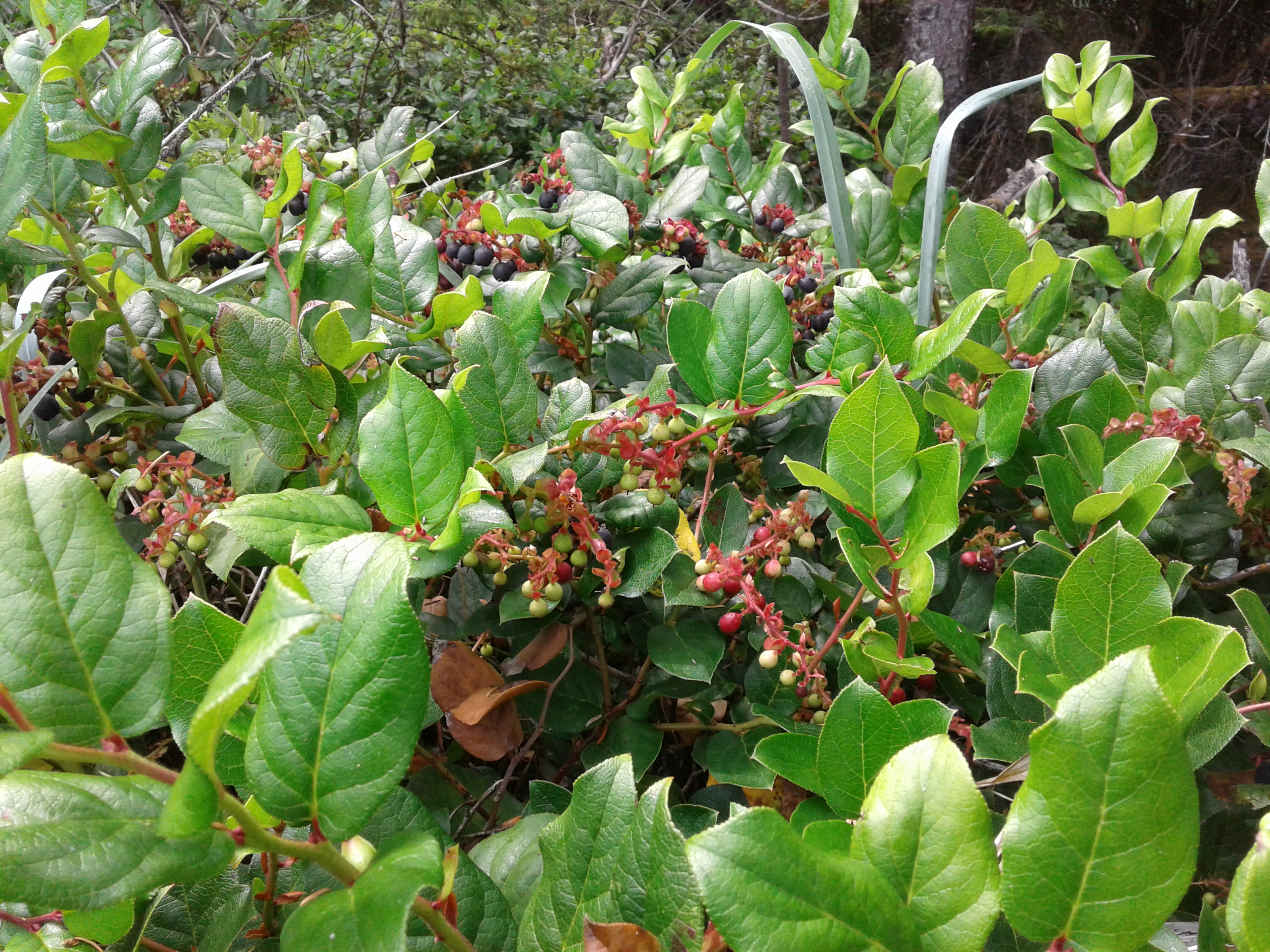Why Plant Native?

Posted Date: October 20, 2025
Tags: Blog Post
What is a native plant?
First of all, what even is a native plant? Is it simply a plant that's grown in one area for decades, hundreds of years, millennia?
Native plants are more than just plants that have been here a long time. These plants have evolved over thousands of years alongside other plants, animals, insects and people. In that time native plants have established complex and balanced relationships within the ecosystem. It is the complexity and diversity of relationships that matters when thinking about native plants, and the duration of time is simply a tool to better build those connections.
In short, native plants have been around long enough to figure out how to get along with everyone else.
Native plants for resilience
One good reason to plant native is that it is easy! Native plants are resilient and often barely need any maintenance.
Native plants have adapted over millennia to the local climate and, especially once established, will often thrive with little to no additional watering, fertilizer or other care. This makes them ideally suited to a low maintenance garden.
As a general rule, native plants typically need watering in their first year or two as they establish strong root systems, and little to no subsequent watering is needed. This low irrigation garden can help reduce the burden placed on our water supply during the increased droughts of the summer months while still providing a lush garden. Plants like Oregon grape, red flowering currant, Virginia strawberry, Western yarrow and woolly sunflower are just some examples of native plants tolerant of drought.
You can save both your back and on your water bill and still have a beautiful garden!
Caption: Tall Oregon grape, a drought tolerant native shrub that not only has beautiful flowers but produces tart berries perfect for jams. (Photo credit: Nino Barbieri, Wikicommons)
Of course climate change threatens the resiliency of some of these plants. But, increasing the number of native plants on the landscape increases the chance for those plants to adapt and for populations within a species to learn to work with new climate conditions. By growing native plants you are helping ensure these plants survive on their native landscape for decades and centuries to come.
Native plants are not only resilient on their own but planting them helps increase the landscape's resilience overall.
Native plants for pollinators and wildlife
Planting native plants can also help strengthen the connection between your garden and the local wildlife. By planting early emerging flowering shrubs such as osoberry, Oregon grape or red flowering currant you can ensure that early emerging pollinators such as bees can find a spot to grab a snack in your garden along their journey.
Native plants can help increase caterpillars and bird species even in suburban areas. Remember, if you want butterflies in your yard, you need caterpillars first! Plus not only does more caterpillars mean more butterflies, it also means more food for birds.
Planting native means supporting the whole ecosystem!
Caption: Pale swallowtail who lays eggs on native plants such as red alder, ocean spray, bitter cherry, and serviceberries. (Photo credit: Wikicommons)
Caption: Chickadee eating a caterpillar. You don’t even have to remember to refill the bird feeder! (Photo credit: Dave Bonta / Flickr)
What about non-invasive non-native plants?
Not all non-native plants are invasive and many are beautiful additions to gardens. People love plants like lavender, sunflowers, hydrangeas and more. Beyond being beautiful (and sometimes delicious) these plants undoubtedly provide food and shelter for pollinators, birds and other wildlife. However, because these non-native plants do not share the long history of coevolution that native plants have with native wildlife they are often unable to support the diversity of life that native plants can. Many native bees are specialists, meaning they rely on pollen from only a small number of species making it unlikely that non-native plants will fit their needs.
In home gardens, planting lavender (Lavandula) will attract a large number of bees, but not the mining bees (Andrena) or the sweet bees (Lasioglossum) attracted to Nootka rose (Bee Info for the Public). This non-native plant takes on some but not all of the ecological roles of its native counterpart.
Caption: Metallic green sweat bee on wild rose. (Photo credit: David Whelan / Wikicommons)
If you want to see some cool bees like this metallic green bee, plant native and for this bee, plant native roses specifically.
Plant native to support both an abundance and diversity of our native wildlife!
People and Culture
Beyond just relationships with wildlife, native plants also carry deep relationships with people. Much as these plants have coevolved with non-humankind they have also evolved alongside relationships with indigenous peoples. These plants have value not just for the beauty and utility they offer but also for the millennia of history they carry with them. For some indigenous people native plants are a means of connecting with both human and non-human ancestors.
Caption: Salal, the berries are a traditional for Stó:lō people and many other Coast Salish nations. (Photo credit: CraigxC / Wikicommons)
Many native plants provided delicious and invaluable food and medicine and continue to this day. Whether that's the delicious berries from salal, salmonberry, thimbleberry or the medicine of stinging nettle and self heal. These plants have been cared for by people and caring for people for millennia.
In the Fraser Valley, we reside on the traditional ancestral territory of the Stó:lō people, who have stewarded these lands and plants since time immemorial. You can read about some of those traditional uses and learn more about Stó:lō food ways: www.stolofoodways.com
Native plants are not only living histories of place and people, but also play a vital role in supporting the relationships between insects, people and food of the future.
I’m sold, where do I get native plants?
Like we mentioned, always try to buy locally where possible! See our List of Native Plant Focused Nurseries in or near the Fraser Valley for stores that grow plants for our local climate and wildlife.
> Buy Native Plants Instead!
Let's keep learning!
For more resources on how to garden with native plants check out:
- Gardening with Native Plants (Fraser Valley Conservancy)
- Real Gardens Grow Natives
- Webinar: Gardening with Native Plants: Learn From our Mistakes and our Successes (The Xerces Society)
Further resources:
- Here a Bee, There a Bee, Everywhere a Wild Bee | Hakai Magazine
- Specialist Bees and Their Host Plants in BC | BC Native Bee Society
- Why Native Plants Matter | Audubon
- For Wildlife and Humans, Native Plants Are a Key to Climate Resilience | Xerces Society
- Book: Nature's Best Hope: A New Approach to Conservation That Starts in Your Yard by Douglas W. Tallamy
- Book: Braiding Sweetgrass: Indigenous Wisdom, Scientific Knowledge, and the Teachings of Plants by Robin Wall Kimmerer
